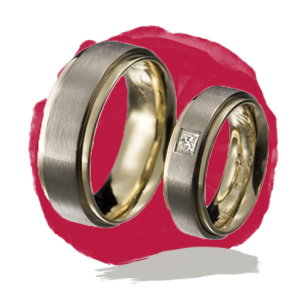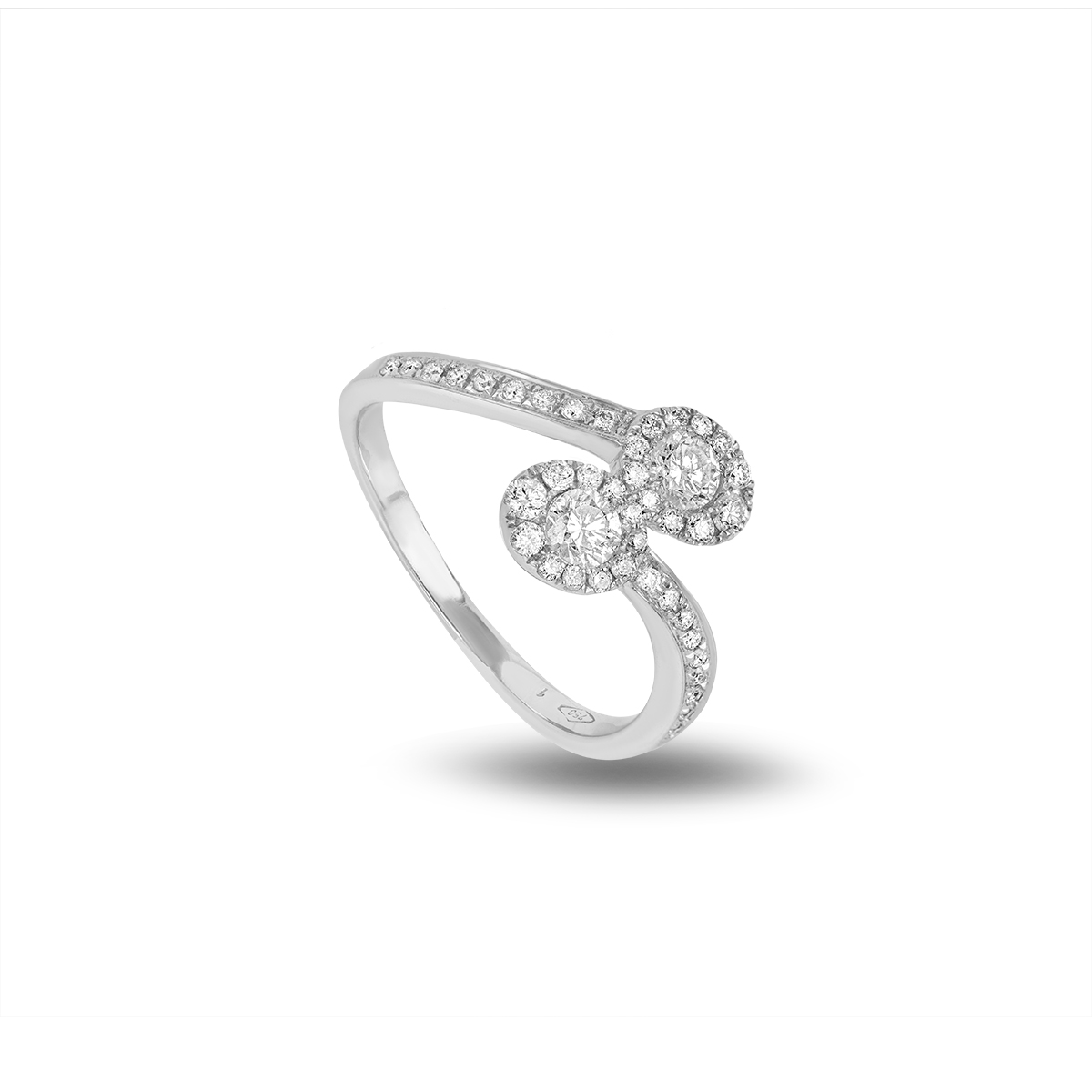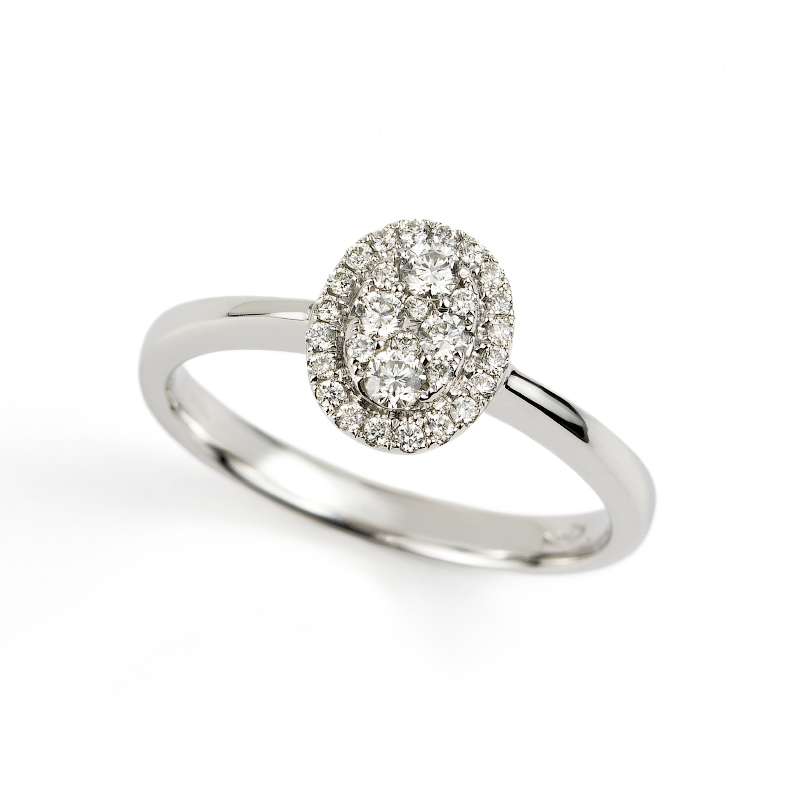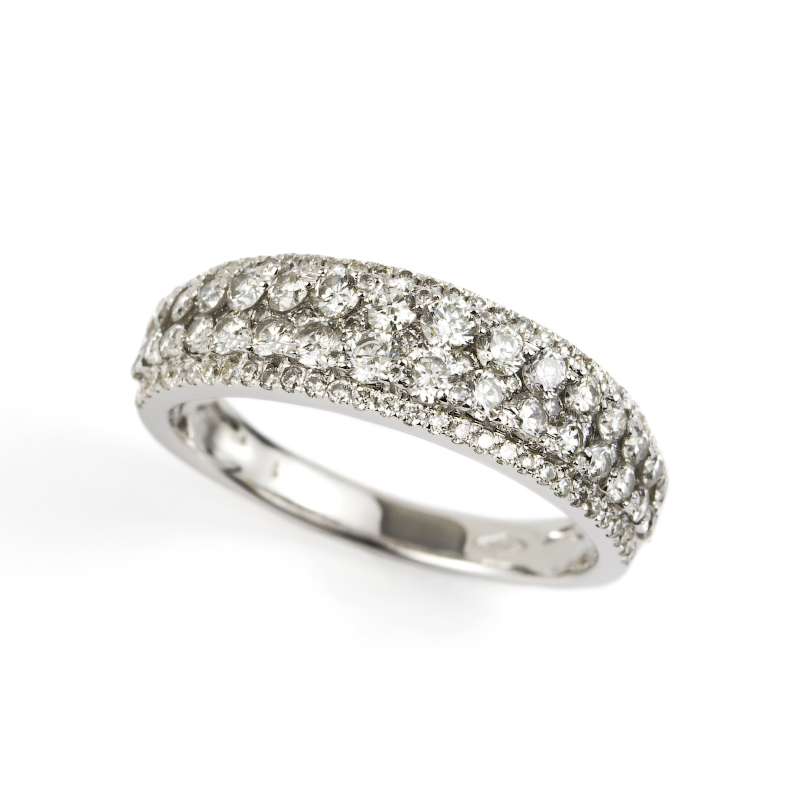Metal Jewellery Guide
Want to find out more about the different types of metals used by jewellers and how they're crafted into beautiful, wearable pieces? Learn about the 5 most precious and popular metal types which are available on the jewellery market today.
Yellow Gold
One of the most popular metals used to make jewellery, gold is rather opulent in colour and warming against the skin. In its purest form, unfortunately, gold is too soft a metal to be made into jewellery. Therefore, other metals are added to create an alloy. This is where the 'carat'/'ct' comes in, and it is what makes it far stronger and less malleable once made into jewellery.
As already mentioned, carat refers to the other metals which are added to the pure form of gold. The fewer alloys that are added to gold, the higher the carat. For example; 9ct gold is 37.5% pure gold + 62.5% other materials, whereas 22ct is a piece of jewellery that has been crafted by 91.6% pure gold and 8.4% of other metals. Therefore, if you are looking for a quality piece of jewellery, always opt for something with a higher carat score.


Rose Gold
A recent surge in this romantic colour has made it popular for jewellery enthusiasts, and particularly younger jewellery wearers. The colour is achieved when copper is mixed with yellow gold to create a strong alloy. The amount of copper that is added will determine the colour of the gold. If one is looking for rosy pink, then a high amount of copper will be added. Likewise, the slightly more red tones will have higher notes of traditional gold mixed with them.
White Gold
Similar to the process of creating rose gold, white gold is formed when standard yellow gold is mixed with other white metals to create a strong alloy which can be used for jewellery. This is then typically plated to a popular white metal known as Rhodium which gives it a high shine and a polished finished.
White gold jewellery does easily show wear over time, and you may notice a slight decolouring to your collection. Please be assured that this is completely normal, and you should take the white gold to be re-plated in Rhodium to resurface its shine.

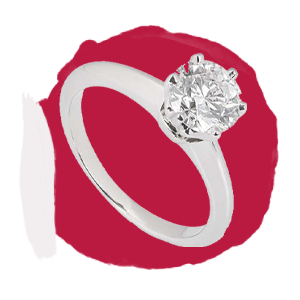
Platinum
Another popular white metal, platinum has a higher price point than other metals as it is quite a rare metal. Unlike white gold, it is a remarkably hard-wearing metal, with a shiny icy white colouring which does not fade or tarnish after a few years of wear. Sparkly and bright in natural light, it is a popular option for engagement rings and earrings.
Palladium
Palladium was only recently recognised as a precious metal in 2009 and has only recently been available to purchase in the form of jewellery. Sharing many of the same properties as its sister metal platinum, it is, however, less dense and therefore slightly longer-lasting. With this density, it is also strong enough to not need to be plated with rhodium.
